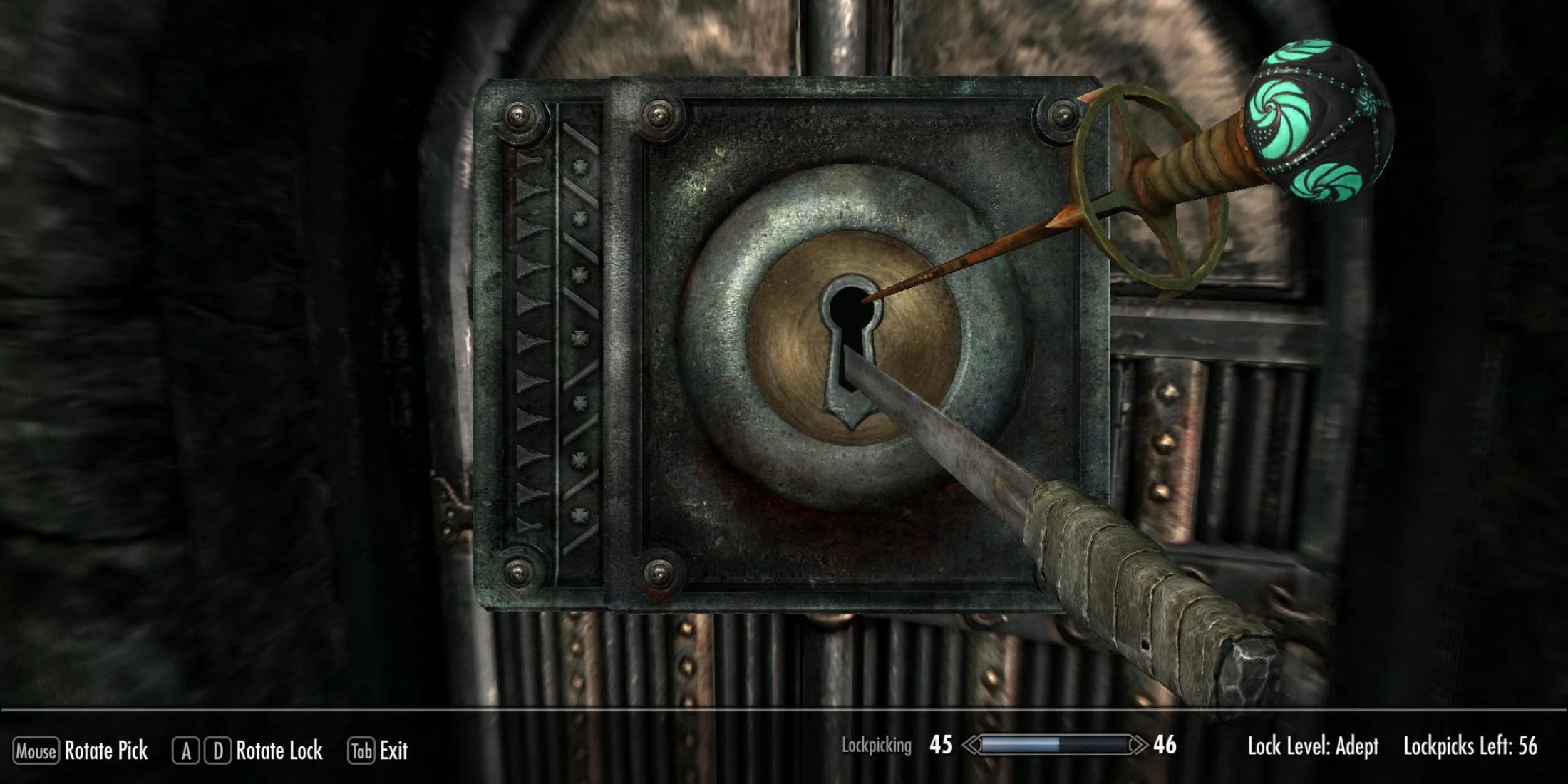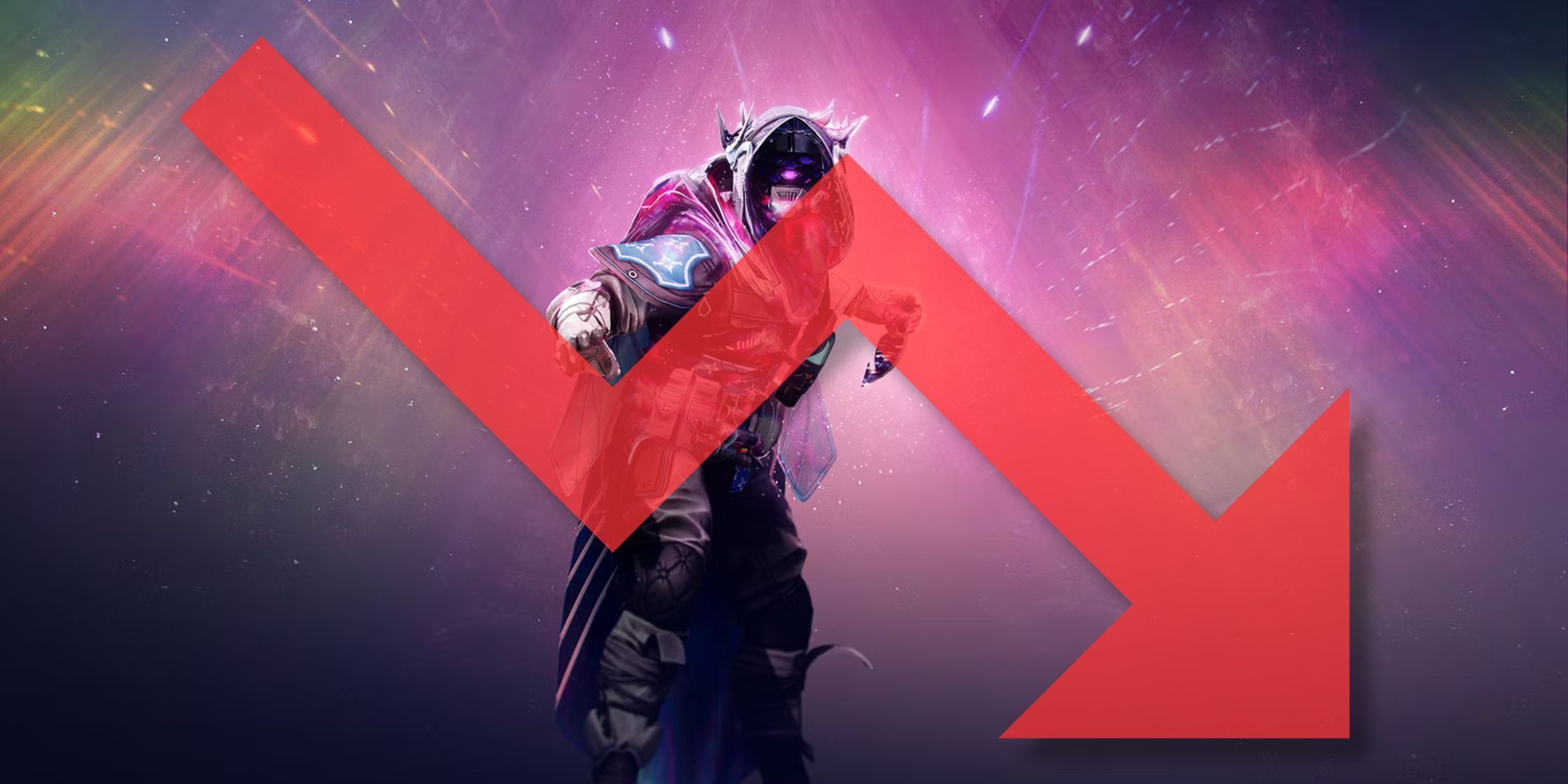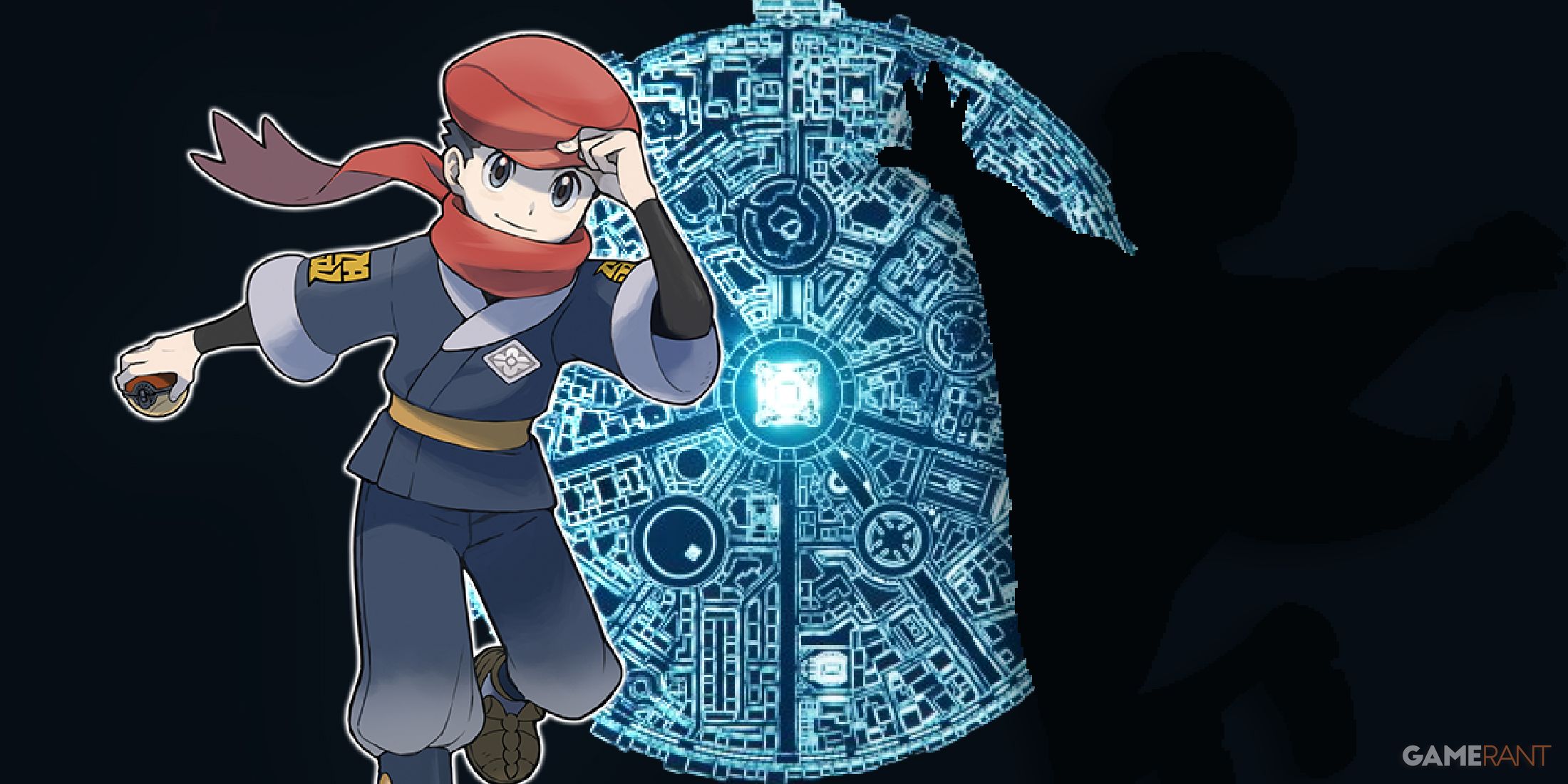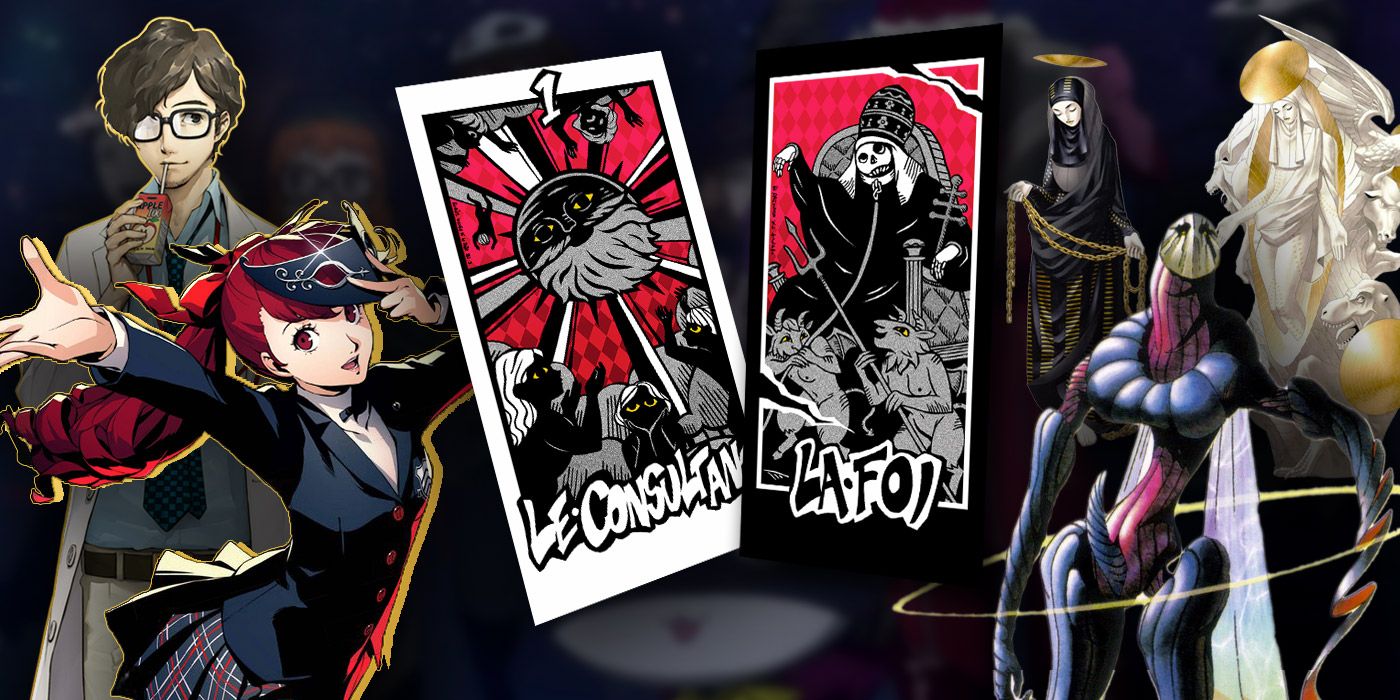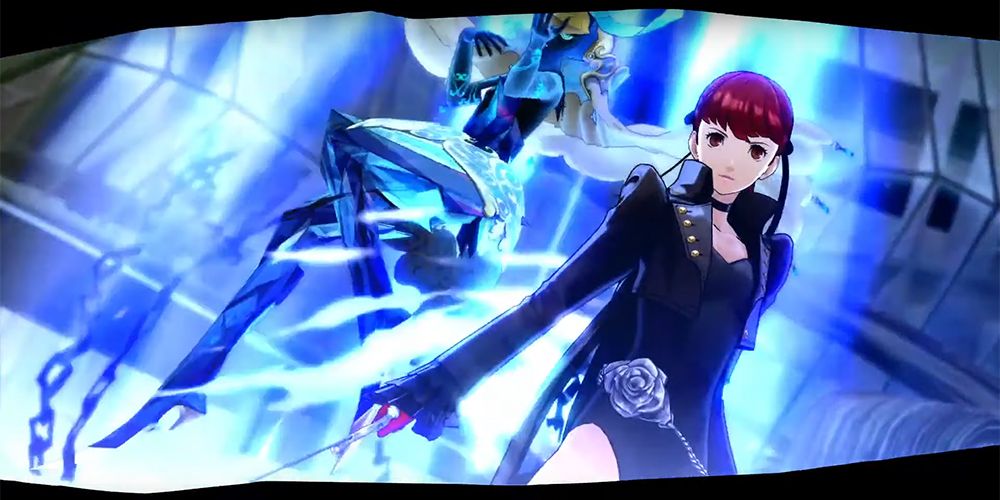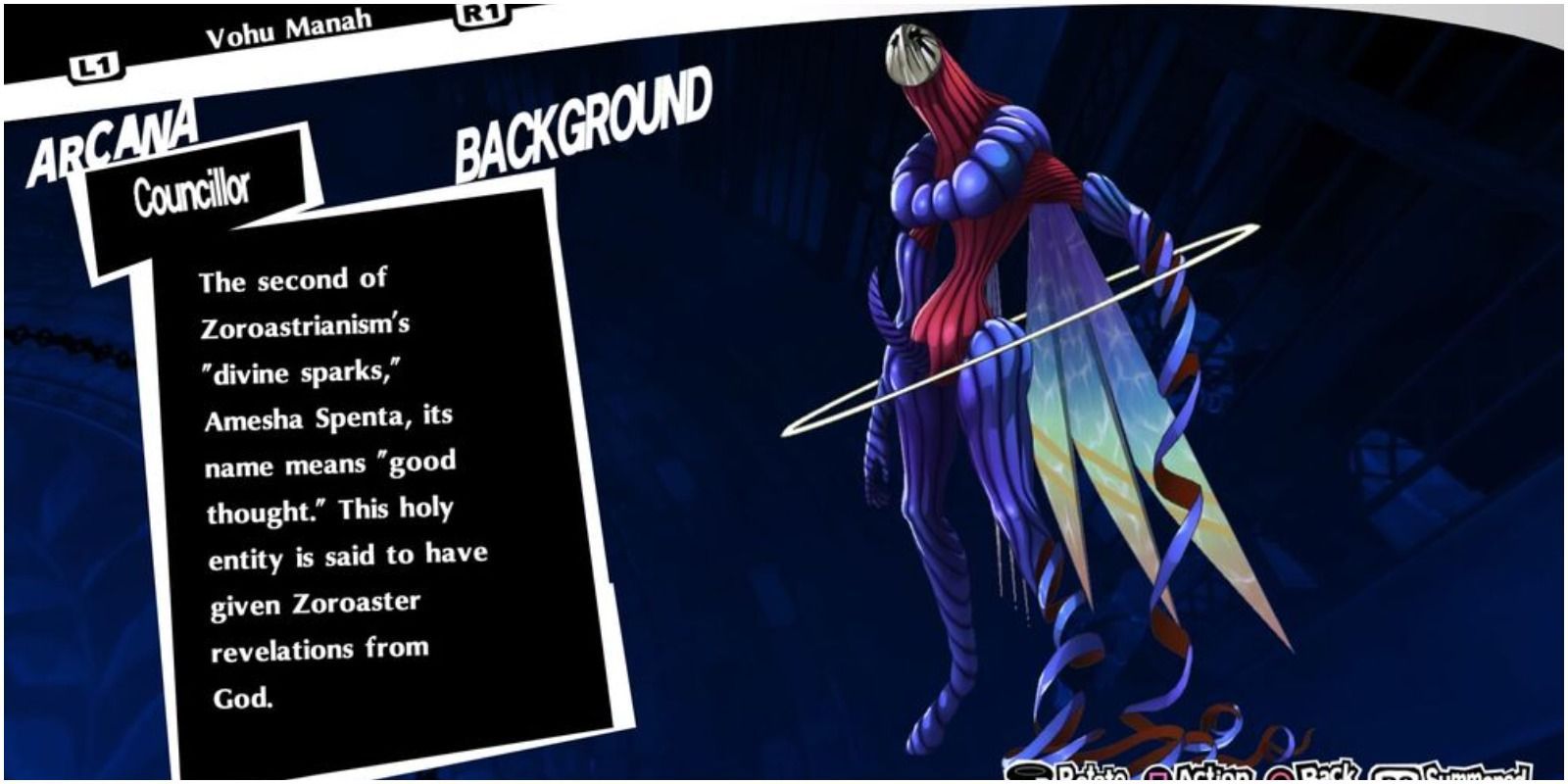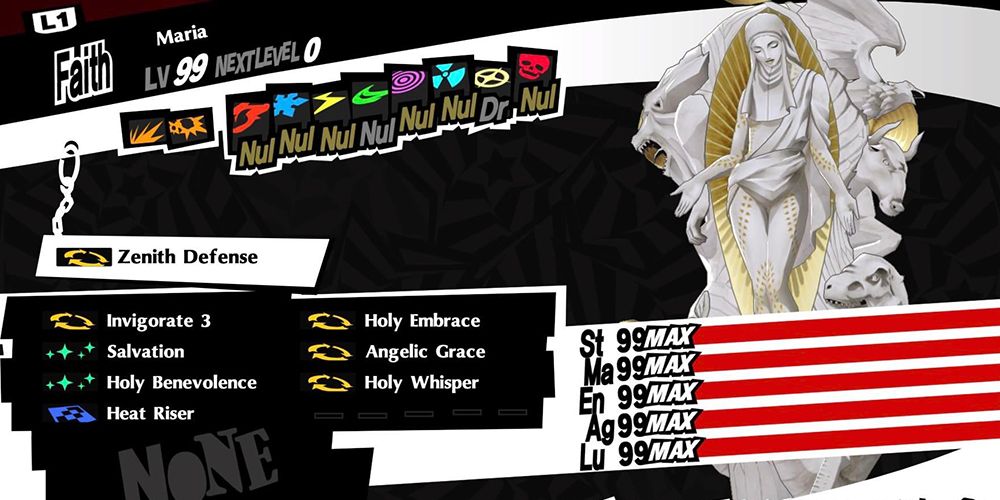Atlus has a history of adding extra arcana to the special editions of its Persona titles, and Persona 5 Royal is no exception. On top of the original game's twenty-two classic major arcana, Royal adds two other 'cards' with some new demons. Others are drawn from other Persona 5 arcana, in instances where the lore was a better fit for the new major arcana. Contrary to popular misconception, these new arcana are not invented by Atlus, but other major arcana actually drawn from different takes on the tarot.
The original Persona 5 and the rest of the base Persona series' base their major arcana's numbering, symbolism, and confidants on the standard, Rider Tarot Deck. The Consultant, or Councilor, represented by Takuto Maruki, is drawn from the Spanish, Esoterico Tarot Deck, and is numbered 1, occupying the same position of The Magician in the traditional tarot. In its upright state, it represents diplomacy, dominance over mental illness, and creativity. Inverted, or reversed, the card signifies derivativeness, exploitation, and indecision.
Similarly, the Faith major arcana, represented by the confidant Kasumi Yoshizawa, is drawn from the Visconti di Modrone tarot deck, which featured many more arcana, though no complete sets of the deck have survived to modern day. In it's upright position, Faith, as one would expect, pertains to belief in people and systems, like science and organized religion. Reversed, Faith represents blind trust, or baseless loyalty.
Cendrillon - The Definitive Cinderella
Kasumi's initial persona, Cendrillon, is not drawn from the original version of the famous fairy tale—it is actually a story with Ancient Greek origins. However, the persona's name is drawn from Charles Perrault's adaptation, which is one of the most famous, and arguably definitive versions of the story. For example, Perrault's telling is the origin of the special slippers being made of glass, the pumpkin carriage, and the involvement of a fairy godmother. Cendrillon's glass legs/high healed boots really don't count as slippers, but it is a fitting tribute to the character's origin.
Interestingly, Cendrillon is not the character's real name, but a derisive nickname from her step family. Denied a bed, Cendrillon was forced to sleep by the fire to keep warm, and was often covered with ashes or cinders (Cendre in French). In some tellings, the girl's actual name was "Ella," hence the modern translation of Cinderella, and the title of Kasumi's ultimate persona, which reflects her embracing her true identity rather than the one that has been ascribed to her.
Vohu Manah - The Most Powerful Consultant Arcana
Personas within the Consultant arcana are typified by figures of wisdom and intellectual entities, or those who deal with sanity. Dionysus, for example, Greek god of Wine and invoker of joyful madness, is the penultimate Consultant persona. In Royal, the Consultant also plays host to Kusi Mitama and Nigi Mitama, the abstract halves of the yin-yang shaped quartet of demons. Their respective physical halves, Ara Mitama and Saki Mitama are in the Chariot arcana.
The most powerful Persona in the Consultant is similar to the Mitamas, in that it is less of a mythological entity or fictional figure, and more of a personified state of mind. Vohu Manah hails from Zoroastrianism, representing one of seven 'Amesha Spenta,' or divine sparks that emanate from Ahura Mazda—the highest authority and supreme deity of the religion. Ahura Mazda himself has made appearances in the Shin Megami Tensei series, but never in Persona, though many personas, such as Mitra from the Temperance Arcana, are associated with the god. The Amesha Spenta are each aspects of creation that underpin the universe.
RELATED: Persona: 3 Regal Rulers from the Emperor Arcana
Vohu Manah's unique purview could be summarized as "thoughts of goodness," as 'Vohu' translates to 'good' and 'Manah' to 'mind,' though the thought deity is actually much cooler than that. He represents the state of mind where duty can be fulfilled, productive things are enabled, and justice is achieved. Vohu Manah is not merely thinking positively or with noble intentions, but the sort of thinking that gets good results. He is somewhere between righteous inspiration and being 'in the zone.' And even though Vohu Manah stems from Ahura Mazda as one of the Amesha Spenta, he also paradoxically manifests in individuals' hearts to embolden them and clarify their thoughts.
His odd design—spiraling appendages in the shape of a human, stemming from a mask and coming unbound—is something of a symbolic cipher. Atlus likely did not have much to work with as Vohu Manah is both an abstract entity, and an extremely old deity.
Maria - The Most Powerful Faith Persona
The Faith major arcana plays host to cherished figures from fiction including the fae knights, Tam Lin and Cu Chulainn, the hero Siegfried, and the enlightened Demon, Atavaka. The Faith arcana also has a soft spot for mythological creatures that are widely perceived to be 'good,' like Unicorn and Phoenix. Faith's treasure demon, Orichalcum, is a prized mythological metal whose composition has been since lost to time (if it ever actually existed). But the apex persona of the arcana is a doozy: Maria.
Maria is a name with great gravity shared by many famous heroines and saints, so it's conceivable that Atlus wasn't referring to 'that Maria,' but the persona's design casts aside any doubt. The porcelain statue of a habited woman, inlaid with gold leaves is clearly meant to signify the Madonna, Mary, virgin mother of Jesus (or, perhaps, Messiah, of the Judgement arcana). Maria is a prominent figure in every major Abrahamic religion, but particularly Christianity and Catholicism in particular.
Unlike many of the other mythological figures present, the source of Maria's enigma is that she is not a goddess, but a virtuous mortal who was capable of conceiving the divine. To this day, Maria is a symbol of faith invoked in every context of the word, ranging from desperate game plays (a 'Hail Mary'), to a form of prayer performed in penance, to a source of miracles and visions whom people still profess to see in modern day.
Though some players may consider it blasphemous to employ such a figure as a collectible character in a game, the Persona series is no stranger to sacrilege (see Satanael from the Fool Arcana). And as far as avatars of faith go, it is hard to imagine a more suitable figure from religious, mythological, and fictional history than the blessed virgin mother.
Persona 5 and Persona 5 Royal are available now for PlayStation 4.

